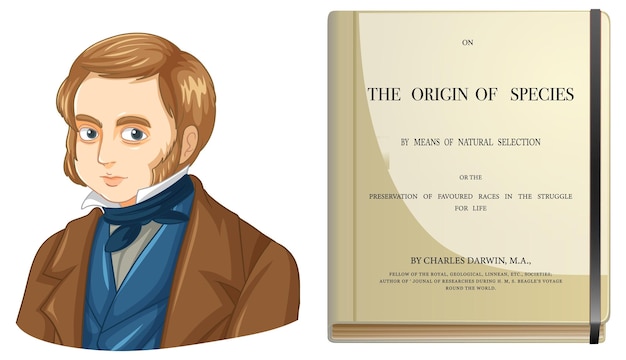Interesting Facts about John Cabot

John Cabot was an Italian navigator and explorer.
He is credited with being the first European to discover North America since the Norse exploration around 500 years earlier.
John Cabot’s real name was Giovanni Caboto.
He was born in Italy around 1450.
Cabot set sail on his famous expedition in 1497.
He was seeking a new route to Asia.
Cabot’s expedition was financed by King Henry VII of England.
He sailed on a small ship called the Matthew.
Cabot landed on the coast of Newfoundland, Canada.
He believed he had reached Northeast Asia.
Cabot claimed the land he discovered for England.
He called the land Newfoundland because of the abundant fish.
Cabot had a difficult time convincing people in England of his discoveries.
Some historians believe that Cabot may have explored as far south as Cape Cod, Massachusetts.
Cabot’s exploration paved the way for future English colonization in the Americas.
He is considered one of the most important explorers of his time.
Cabot’s journey inspired other explorers, such as Christopher Columbus.
The English later established colonies in Virginia and Plymouth as a result of Cabot’s discoveries.
Cabot’s life and achievements are celebrated in Canada and Italy.
There is a statue of John Cabot in Bristol, England.
Cabot’s expedition opened up a new era of transatlantic exploration.
Interesting Facts about John Cabot part 2
He proved that there was a shorter route to Asia than going around Africa.
Cabot faced many challenges during his voyage, including storms and lack of provisions.
He was an excellent navigator and skilled in cartography.
Cabot’s discoveries helped Europeans gain a better understanding of the world.
His son, Sebastian Cabot, also became a famous explorer.
Cabot’s journey sparked interest in finding a Northwest Passage.
He was known as The Great Navigator by some.
Cabot’s expedition was the basis for England’s territorial claims in North America.
Cabot’s voyage was the first documented transatlantic voyage by an Englishman.
He brought back tales of rich fishing grounds in the New World.
Cabot’s discoveries led to the establishment of lucrative fishing industries.
His voyage played a significant role in the Age of Exploration.
Cabot’s landing in North America took place on June 24th, the feast day of St. John the Baptist, which is where his name John comes from.
He was driven by a desire for fame, riches, and a new trade route to Asia.
Cabot’s discoveries marked the beginning of English presence in North America.
His maps and notes were crucial for future explorers and settlers.
Cabot’s expedition was partly inspired by the discovery of the rich lands of the Aztecs and Incas in Central and South America.
He was determined to find a similar wealth of treasures in the lands he discovered.
Cabot’s journey across the Atlantic Ocean took approximately two months.
The exact fate of Cabot is uncertain, as he disappeared during a later voyage.
His legacy lives on as his discoveries paved the way for the British Empire’s colonization of North America.
Cabot’s expedition contributed to the development of modern geography and cartography.
His achievements are commemorated through various historical sites and museums.
John Cabot’s voyages symbolize the spirit of exploration and the courage to venture into the unknown.

